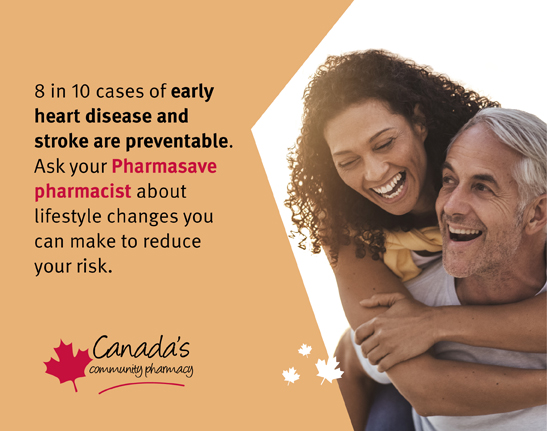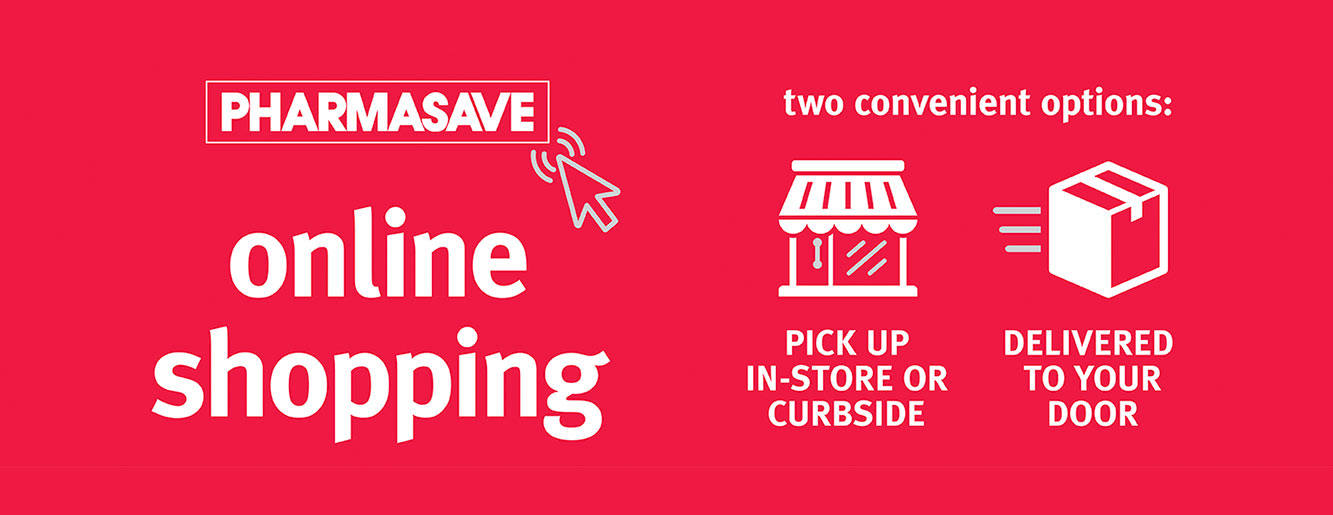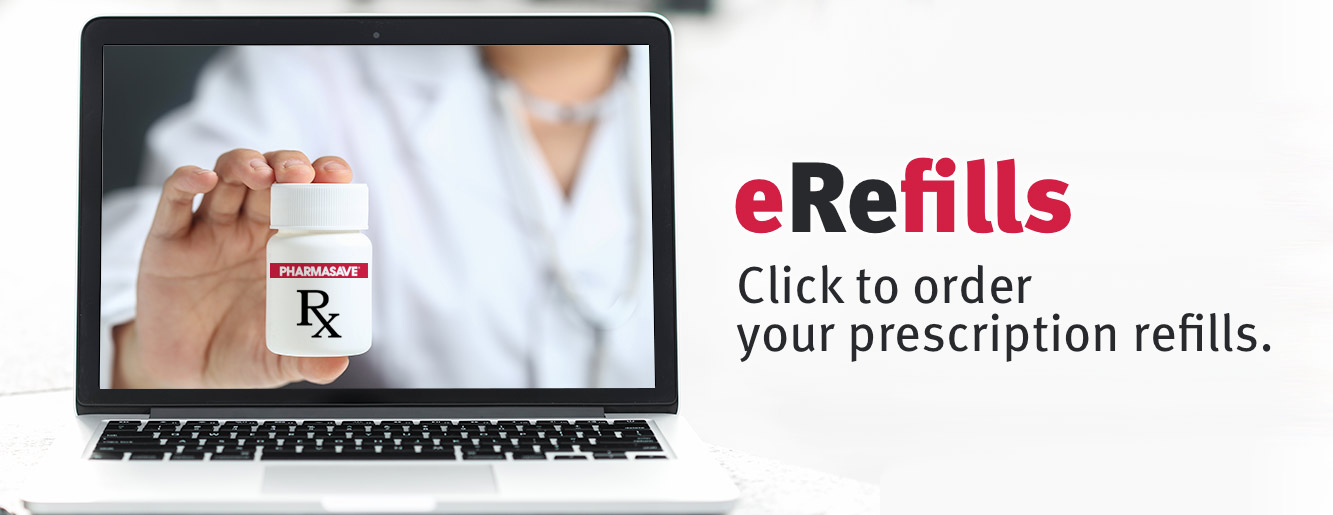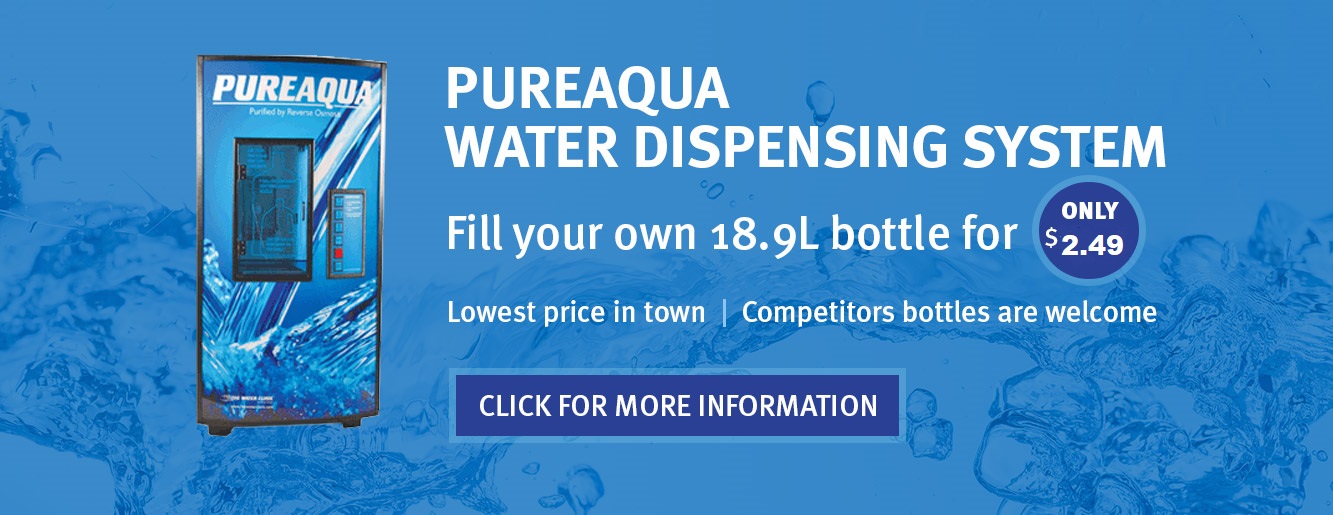
June – Stroke
Stroke facts and warning signs
A stroke occurs when the flow of blood to a part of the brain is cut off. This can be due to something (usually a blood clot) blocking the flow of blood to the brain (ischemic stroke). It can also be caused by a burst blood vessel bleeding into the brain (hemorrhagic stroke). About 80% of strokes are ischemic and 20% are hemorrhagic. Without a blood supply, the brain cells in the affected area start to die.
The effects of a stroke depend on which part of the brain is affected and how severe the damage is. A stroke may affect your ability to move, your ability to speak and understand speech, your memory and problem-solving abilities, your emotions, and your senses of touch, hearing, sight, smell, and taste. In some cases, a stroke can be fatal.
It’s important to recognize the warning signs of stroke, because quick treatment can reduce the risk of brain injury and death. A stroke usually comes on suddenly, over a few minutes or hours.
The warning signs of stroke include:
- sudden weakness, numbness, or tingling of the face, arm, or leg (often on only one side of the body), even if temporary
- sudden confusion, trouble speaking, or trouble understanding speech, even if temporary
- sudden vision loss (often in one eye only) or double vision, even if temporary
- sudden trouble walking, dizziness, loss of balance or coordination, or falls
- sudden severe headache (often described as “the worst headache of my life”) with no known cause
If you notice these symptoms, call 9-1-1 (or your emergency medical number if you do not have 9-1-1 service) immediately. Stroke is a medical emergency.
Ask Your Pharmacist
Question: Who is at risk of a stroke?
Answer: A stroke can happen to anyone at any time. However, some people are at a higher risk than others. While there are some risk factors that we cannot control, such as age or family history, there are many risk factors that can be controlled to decrease the risk of a stroke. These include high blood pressure, high cholesterol, diabetes, smoking, inactivity, diet and stress. Consider eating healthy, increasing physical activity and decreasing stress levels to not only reduce your risk of stroke, but also help manage high blood pressure and cholesterol.
Have more questions? Speak to your Pharmasave pharmacist.
Health Tip
Quitting smoking is one of the best things you can do for your health. Becoming tobacco free can be a difficult journey and different for everyone. Sometimes it takes more than one attempt to become tobacco free. Your pharmacist can help you reach your goal and can provide advice on how to manage cravings and withdrawals and help you choose a smoking cessation medication or product. Some smoking cessation medications and products are even covered by some extended medical plans; ask your pharmacist to let you know which ones are covered by your plan.



